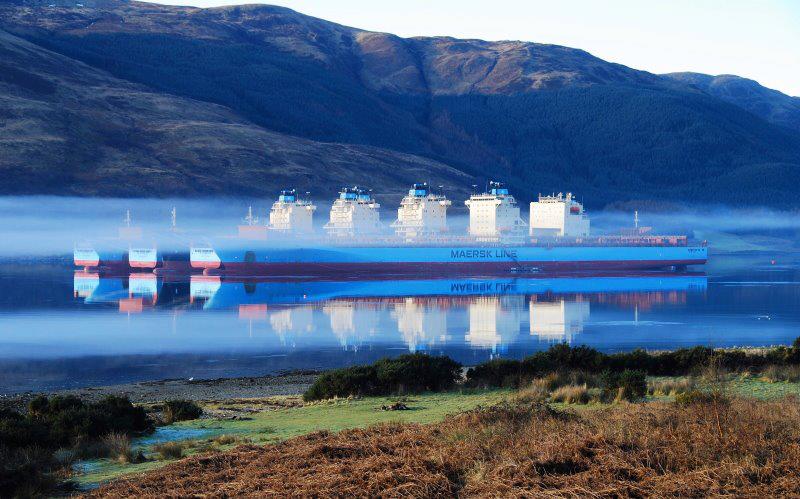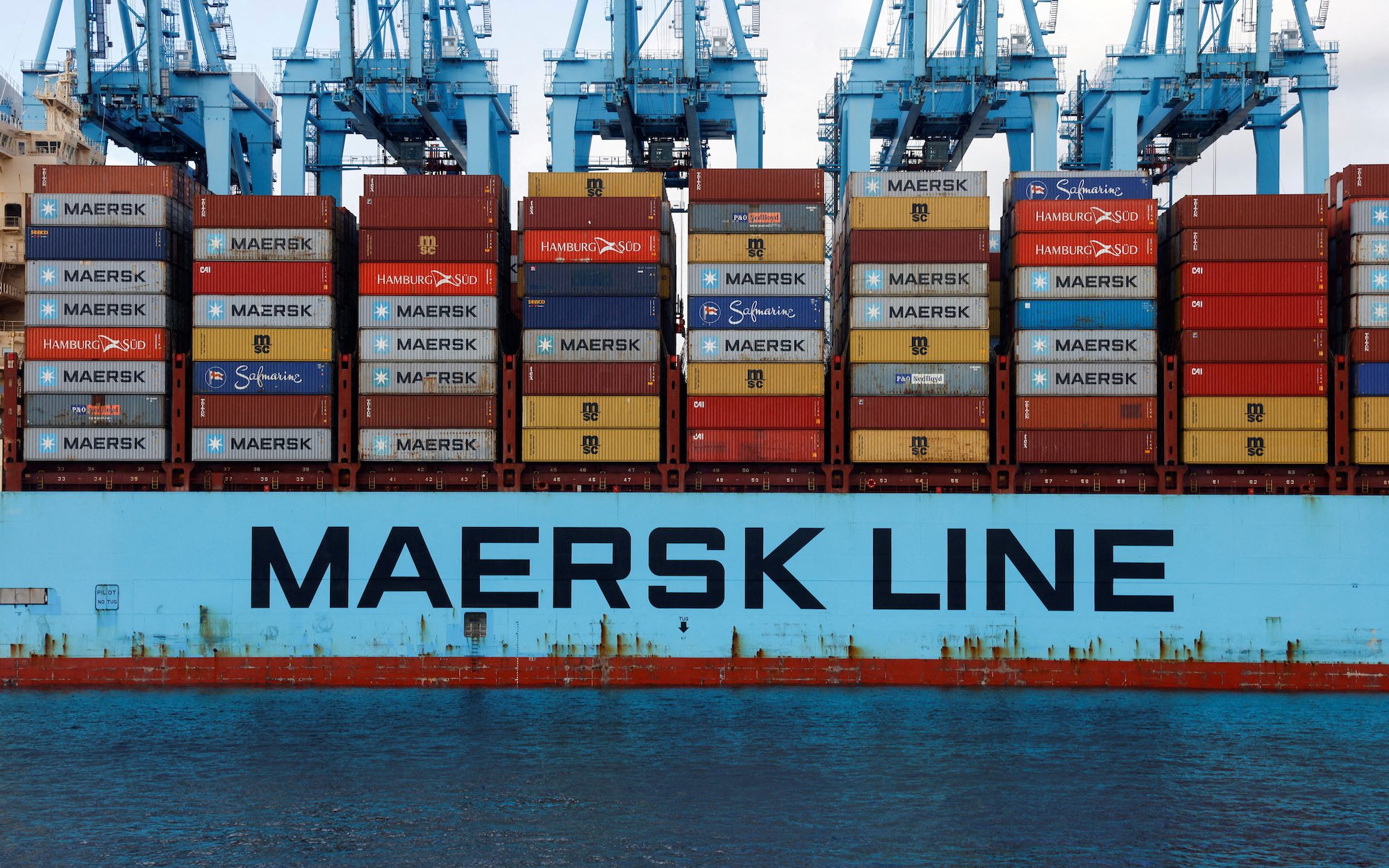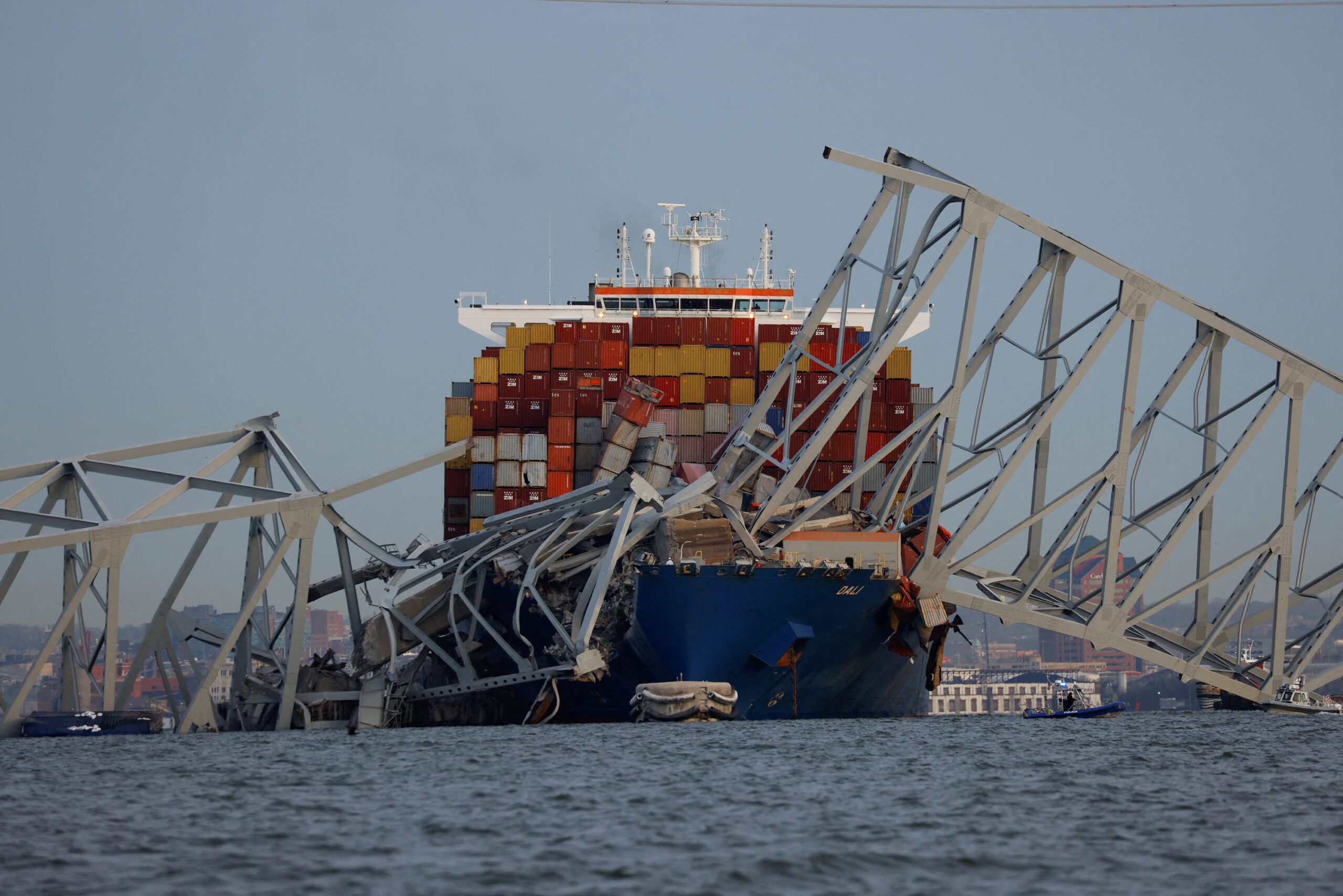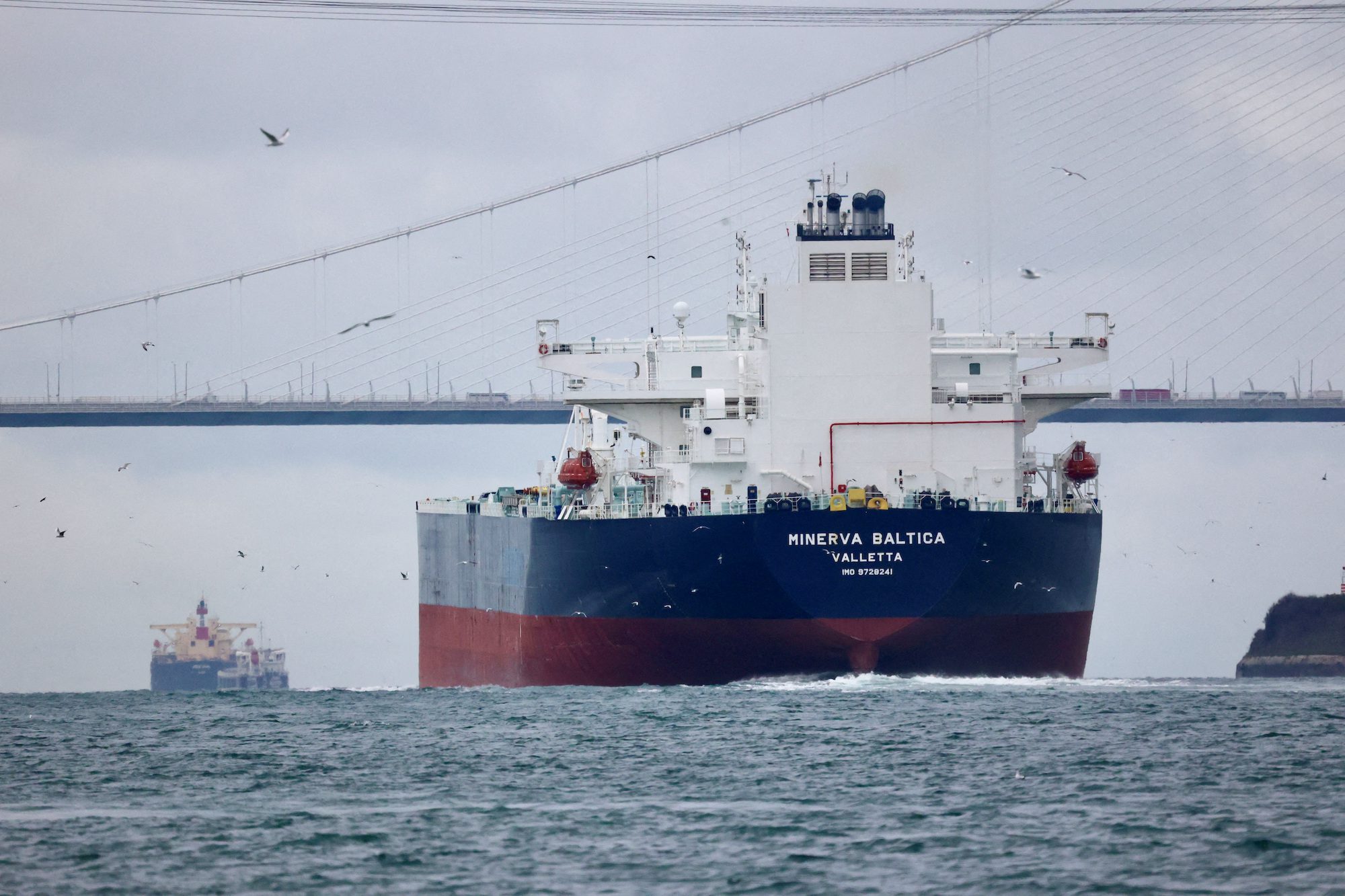Containerships sit idle in 2012, image (c) Maersk Line
By Mike Wackett
The number of laid-up containerships has fallen to a 30-month low, according to Alphaliner, which recorded just 146 ships of over 500teu idled as of May 19 – equating to capacity of 344,000teu,
This level represents just 1.9% of the world fleet, having shrunk by 56% from the peak of 774,000teu in February.
The idle fleet has partly been depleted by a rush to scrap vessels, which has accounted for over 250,000teu of deletions so far this year, said Alphaliner.
The analyst added that the size of the mothballed fleet was set to decline further soon, as 10 ships of over 5,100teu are scheduled to be reactivated ahead of the peak season.
Moreover, demand for the hitherto nigh-unemployable gearless panamax vessels of 3,000-5,000teu has perked up on the back of a rejuvenated market. Brokers have reported a welcome spike in daily hire rates that latterly have proved difficult to fix, especially for vessels not fuel-efficient by today’s standards and which do not benefit from good container intakes.
Owners are obtaining in excess of $9,000 a day in a sector where $7,000 had become the depressed benchmark – if a broker was fortunate enough to be able to negotiate a charter.
“Some Panamax fixtures were agreed at mid-to-high $9,000s for periods shorter than 12 months, fuelling optimism that five?digit hires could be agreed soon,” the Hamburg Ship Brokers Association reported in its bi-weekly market report yesterday.
“It is interesting to witness the container lines’ healthy appetite for the 4,200?5,000teu size, which some analysts had already written off as obsolete and outdated.”
Nevertheless, the panamax market is still below the $12,000 high of two years ago, and a shadow of the $25,000 daily hire rates enjoyed by owners before the slump in early 2011.
Alphaliner said that although it anticipated charter rates rising further in the next two months, “the recovery will most likely be short-lived, with rates expected to come under pressure in October”.
The end of the peak season, increased deliveries of ultra-large container vessels – causing a cascading of smaller ships – and not least the expected start of the P3 alliance are all factors that will contribute to downward pressure on charter rates and a renewed swelling of the laid-up fleet.
The three biggest container lines in the world that make up the P3 dominate the boxship charter market, with, for example, Maersk Line currently operating 296 chartered vessels – more than half of its 564-strong fleet.
The cost-saving strategy of the P3 is vessel optimisation and rationalisation of ships where possible – it follows that, assuming the final regulatory approvals are obtained and that commencement of the P3 begins in the autumn, the charter periods of a number of these ships will not be extended.
Indeed, AP Møller-Maersk group chief executive Nils Andersen recently brought a chill wind to the boxship charter market when he said: “We [Maersk Line] can deliver a large number of our chartered-in ships in a short time-frame.”
The executive also revealed that in Q1 this year, the ocean carrier had saved $47m, quarter-on-quarter, in time-charter costs – a significant factor in its 9% unit cost saving.
Unlock Exclusive Insights Today!
Join the gCaptain Club for curated content, insider opinions, and vibrant community discussions.

 Join The Club
Join The Club













